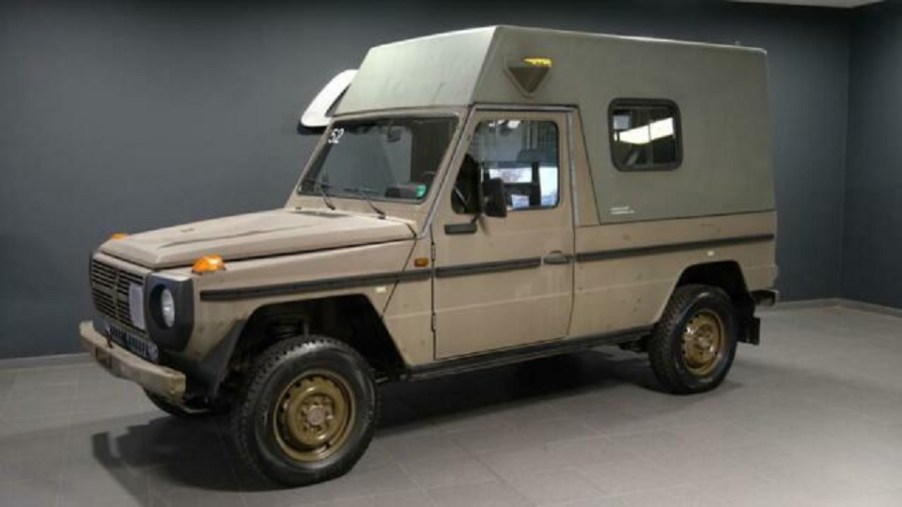
What’s the Difference Between a Normal G-Wagon and the Military Version?
Some of the most extreme versions of the Mercedes G-Wagon, like the G 63 AMG 6×6 and the G550 4×4 Squared, can seem more like Transformers than actual usable vehicles. When even a base G-Wagen offers more capability than many will tap into, it can turn these luxury SUVs into symbolic toys. But the G-Class only has this reputation because of its genuine off-road tech. Much like the Range Rover before it, the original Mercedes G-Wagon was a rugged off-roader first, luxury item second. Fitting, considering that, like the Lamborghini LM002, the G-Wagon has strong military connections.
The Mercedes G-Wagon’s military history
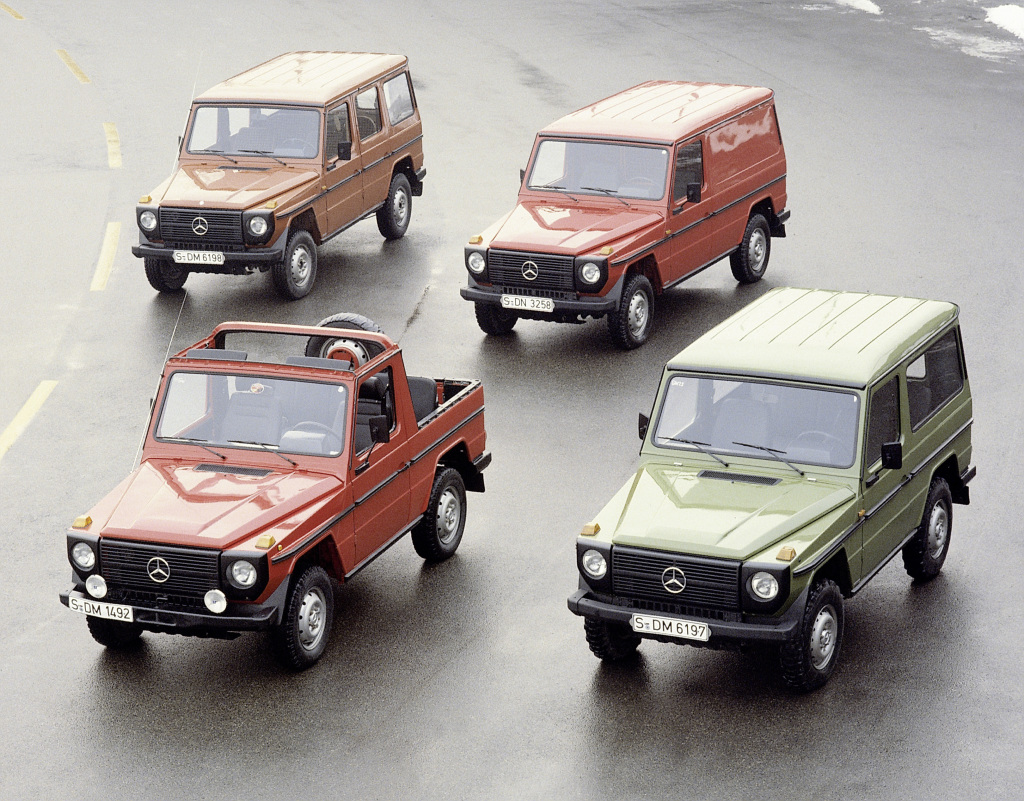
The G-Wagon’s roots start with the Unimog, GQ explained. Although designed for civilians, it was as much a tractor as a passenger vehicle. But the knowledge gained from designing it would be necessary to create the first G-Wagon.
Interestingly, although Car and Driver reported that the G-Class’ technical director Marcus Maurer claimed the G-Wagon “was meant to be an off-road vehicle for civilian and non-civilian use”, Daimler maintains the SUV wasn’t actually a military project. However, after the first design studies in 1973, the Shah of Persia did place a sizable order for military versions of the G-Wagon. Though, as The Drive explained, by the time the G-Wagon officially debuted in 1979, the revolution put an end to the order.
However, the German military did eventually place its own orders. The German military had been involved in the G-Wagon project’s early days but had initially gone with the similar Volkswagen Iltis (which eventually spawned the Audi Ur-Quattro). But when the Iltis was canceled, it was Mercedes’ turn.
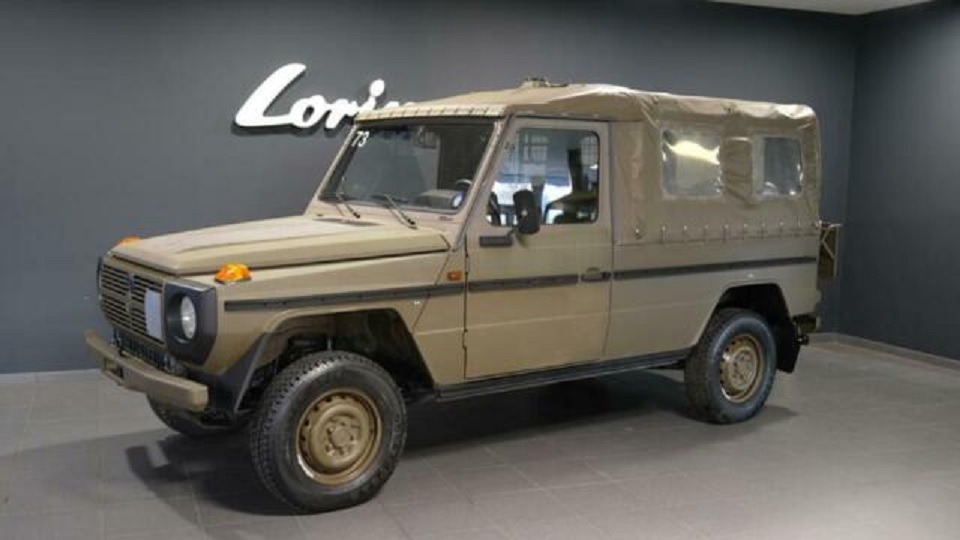
At that point, though, the G-Wagon had other military contracts. It was built for the French army, and the Norwegian and Argentinian armies, too. Motor1 reports the SUV has military service in Albania, Canada, Kosovo, Egypt, Mongolia, and even North Korea. The Pope even had one.
How a military G-Wagon compares to the normal version
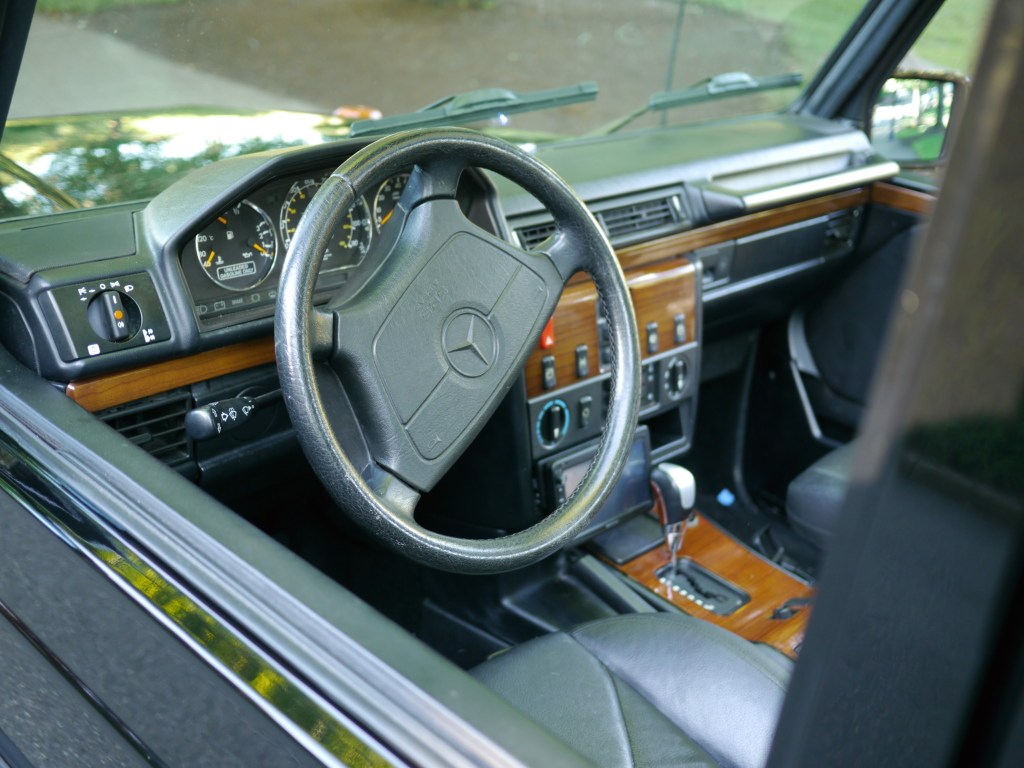
To better serve its “civilian and non-civilian” customers better, in 1989 the G-Wagon was split into two related but distinct versions. The 463-series got a leather interior, anti-lock brakes, wood trim, and cruise control.
The 461-series, known today as the G-Class Professional, soldiered on as before: stripped-down and tough. That was the army version. But, like the civilian-spec SUV, the military G-Wagon was still mostly hand-built by Austrian firm Steyr-Daimler-Puch. For that reason, according to The Drive, it was called the “Puch G”, and didn’t have any Mercedes emblems. But that wasn’t the only way the military G-Wagon was different from the civilian model.
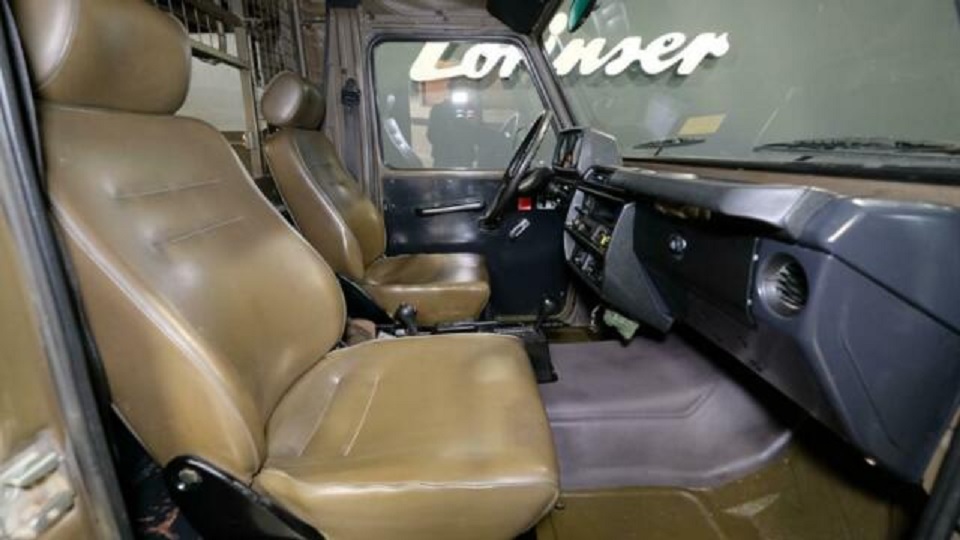
Unlike the 463, which could be ordered with a V8, the military 461 had a 2.3-liter four-cylinder, making 113 hp. The windows were manual, not electric. And instead of airbags and leather seats, Daimler offered options like a “grass-fire protection package”, “rough terrain package” for overseas exports, and a power take-off to let the SUV’s engine power things like pumps, jackhammers, and mechanical arms.
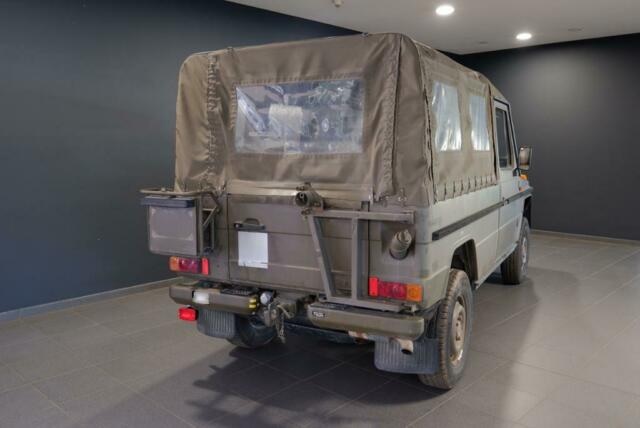
Still, the military G-Wagon was similar to the civilian one in other ways. The two had the same body-on-frame design. It had 3 locking differentials, selectable four-wheel drive, and even a standard automatic transmission. It could also be ordered as either a hard- or soft-top.
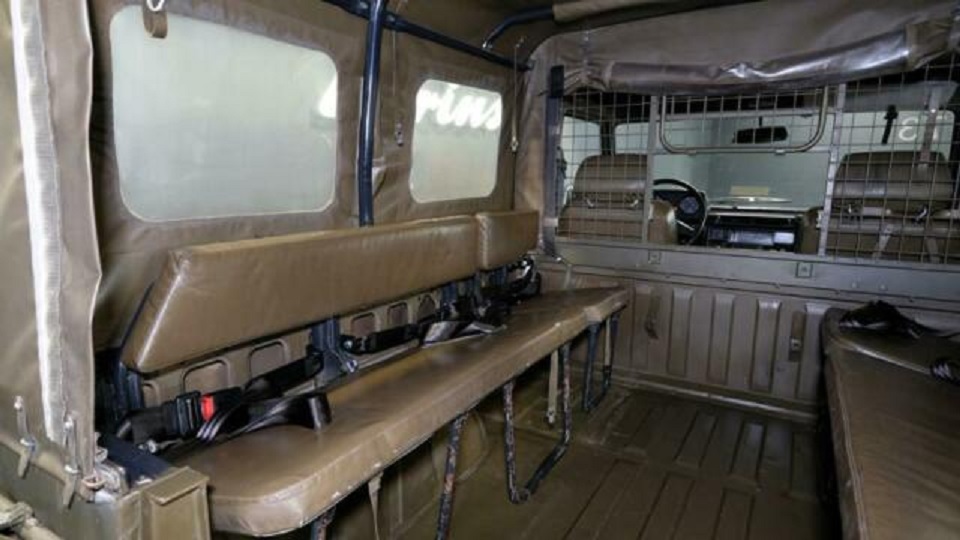
If you’re after maximum people hauling, though, you should go with the benches in the soft-top. And yes, I did say, ‘should’, not ‘should have’. That’s because you can get one for yourself.
You can get one of your own
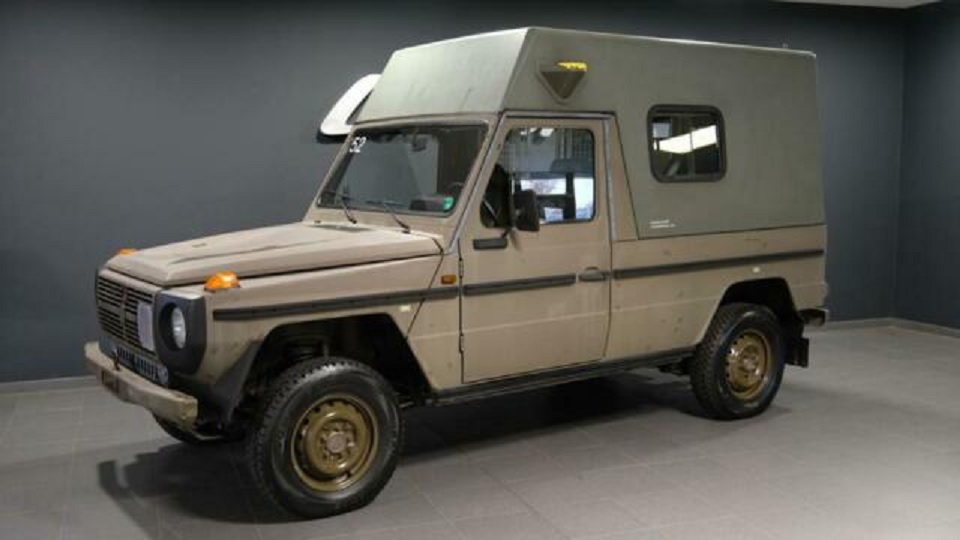
As The Drive and Motor1 reported, there’s a dealer in Germany who has several Swiss and Austrian army G-Wagons up for sale. Their model years range from 1989 to 1996, which means all but the very newest ones are old enough to legally import. Most are listed for less than $21,500. That’s significantly cheaper than even a used G-Wagen.
True, you won’t get all the luxury touches of a 463 or modern G-Class. But this is the closest thing to a US-legal G-Class Professional you’re likely to see. Also, while military-style vehicles like the Mega Cruiser and reborn Hummer may be rising in popularity, how many owners can honestly claim they’re driving an actual military vehicle?
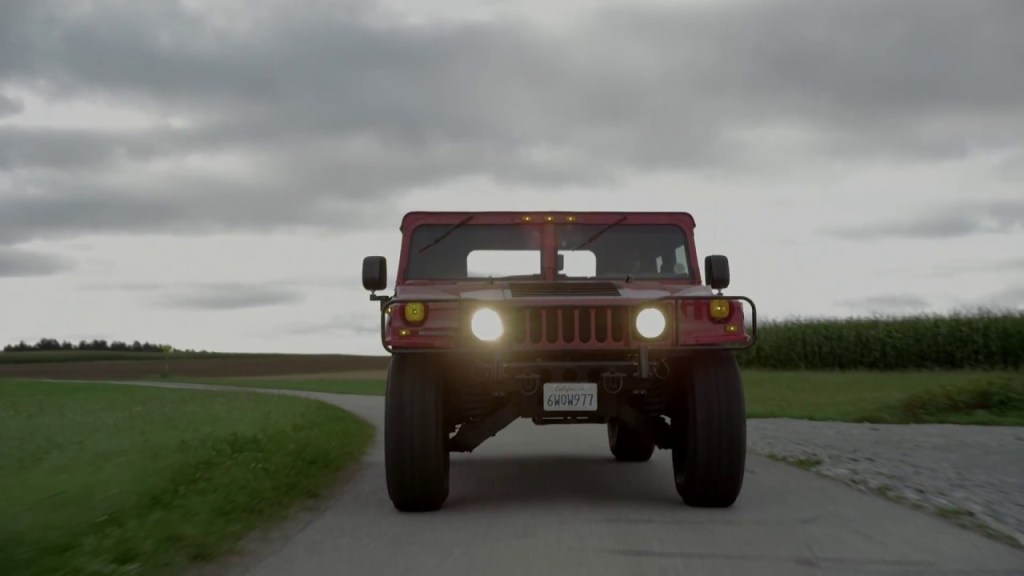
A military G-Wagen would also be cheaper and a lot easier to live with than an H1. Easier to park and drive on the street, at least.
Follow more updates from MotorBiscuit on our Facebook page.


